The use of technology and expertise to address issues with live biological systems is known as Biomedical Instrumentation and Engineering. It deals with the identification, management, and prevention of human illness. Biomedical engineering is a growing discipline as the medical industry develops. The word "bio" is used to refer to everything that has to do with life. When the fundamental principles of physics and chemistry are applied to living things, we refer to these as biophysics and biochemistry. Biomedical engineering is what is created when the fields of engineering and medicine meet.
It entails the measurement of biological signals such as ECG, EMG, or any electrical signals produced in the human body. Medical professionals may identify illnesses and treat patients with the use of biomedical equipment. Electronics principles and measuring techniques are required to monitor biological signals and create a medical device.
This blog will give you some tips about what Biomedical Instrumentation is, components of biomedical instrumentation, top biomedical instrumentation project topics done by Takeoff Projects along with the top biomedical instrumentation project ideas. First let’s look at the basic information about Biomedical Instrumentation.
What is Biomedical Instrumentation?
An application of biomedical engineering known as "bioinstrumentation" or "biomedical instrumentation" focuses on the tools and mechanics used to assess, diagnose, and treat biological systems. It concentrates on using a variety of sensors to track a person's or an animal's physiological features.
It is the fusion of the engineering and medical fields for healthcare and medical applications. In order to effectively handle healthcare challenges, biomedical engineering applies mechanical, electrical, electronic, and other engineering principles with biological support. Some few instances of biomedical engineering include ventilators, prostheses, various metres and readers for temperature, blood pressure, and other variables.
Components of Biomedical Instrumentation System
The following basic functioning components are found in all medical devices:
Measurand
Sensor / Transducer
Signal Conditioner
Display
Data Storage and Data Transmission
Measurand
The physical amount is the measurand, and the instrumentation devices measure it. Bio-signals are produced by the human body, which also serves as the measurand. Example: the surface of the body or the heart's blood pressure.
Sensor / Transducer
The transducer transforms energy from one form to another, often electrical energy. An illustration would be the piezoelectric signal, which transforms mechanical vibrations into electrical signals.
Depending on the measurand, the transducer generates a useful output. The sensor picks up the signal coming from the source. It is utilised to connect the person with the signal.
Signal Conditioner
To transform the output from the transducer into an electrical value, signal conditioning circuits are employed. This amount is sent by the instrument system to the display or recording system. Amplification, filtering, analogue to digital, and digital to analogue conversions are typically part of the signal conditioning process. Enhancing the sensitivity of equipment is signal conditioning.
Display
The parameter or amount being measured is represented visually by it. Example: Cathode Ray oscilloscope with chart recorder (CRO). The audio signals can occasionally be heard using alarms. Using a Doppler ultrasound scanner to monitor foetuses as one example.
Data Storage and Data Transmission
Data storage is used to keep the data safe and accessible for future usage. Hospitals now use electronic health records on a regular basis. Telemetric systems employ data transfer so that information may be sent remotely from one site to another.
Top Biomedical Instrumentation Projects
This section gives the biomedical instrumentation project topics for the final year computer science students based on the brief descriptions and explanations about some of top biomedical instrumentation projects done by the Takeoff Projects.
Designing IoT-Based Independent Pulse Oximetry Kit as an Early Detection Tool for Covid-19 Symptoms
In this research paper, the design of the emergency ventilator system was provided in detail. The apparatus incorporates control electronics, an external data display and monitoring unit, and ventilates via mechanically compressing manual resuscitators. It was shown that the device was suitable for open loop, pressure- and volume-controlled ventilation. The gadget is not authorised for use as a medical device and has not undergone any clinical testing. The development of open-source ventilation and health monitoring systems will benefit from the free availability of the project documents required to replicate the prototype.
Click here for the detailed information of the project.
Pillsense: Designing A Medication Adherence Monitoring System Using Pill Bottle-mounted Wireless Sensors
Monitoring patients around-the-clock is challenging for medical professionals such as paramedics and attendants. This study work adopted the patient medication reminder system in an effort to prevent these issues. The system allows the user to input the times when the patient is supposed to take their medication according to the prescription. The microcontroller will put this information in the EEPROM. The microcontroller constantly reads the time from the RTC. The system shows the list of medications to be taken at that specified time on the LCD and the LED corresponding to that medication will flash when the timings read from the RTC equal the timings recorded in the EEPROM. To verify whether the patient has taken their medication or not, an IR sensor is installed in the pill box in this instance. When the bottle is opened, the IR sensor no longer detects, allowing us to verify that the user has actually taken the medication. The sensor will also keep detecting over time if the individual does not open the bottle. Consequently, a buzzer will start to ring and an SMS alert will be issued to the person who needs to know that the medication hasn't been taken.
Click here for the detailed information of the project.
Design of a Vaccine Storage and Transportation System in Remote Areas Based on Raspberry Pi
The ambient temperature should typically be tens of degrees below zero for the vaccinations, with the exception of certain vaccinations that can withstand high temperatures. However, the immunisation rate for children is quite low in certain distant places due to poor infrastructure, erratic power supplies, and inadequate storage and transportation conditions. As a result, this project creates an intelligent Raspberry Pi-based system for vaccination storage and delivery. The system performs process monitoring, storage and transit traceability, temperature control, and vaccine transfer. It mixes hardware and software and is appropriate for remote locations. It intends to give "last mile" assistance for kids in far-off places who require immunizations.
Click here for the detailed information of the project.
Health Care System for Home Quarantine People
In this study, an IOT-based system was suggested to continually monitor both the people in the confined house and those who are in remote locations but are also infected with the COVID-19 virus. Through the use of biosensors including body temperature and heart rate sensors, this system continually analyses several health indicators. Wireless technology will be used to communicate the received values to the adjacent medical facility or COVID Hospital, where they will be presented on LCD screens. A buzzer sounds an alert and receiving authorities take precautionary action if any of the health parameters, such as the body's temperature and heartbeat rate, are higher than usual. A Raspberry Pi, GSM, and IOT analysis of the previously described health monitoring system was performed.
Click here for the detailed information of the project.
Cluster-Analysis-Based User-Adaptive Fall Detection Using Fusion of Heart Rate Sensor and Accelerometer in a Wearable Device
This study suggests a wearable fall detector that can automatically detect falls and immediately notify carers, therefore lowering hazards. To achieve this, a user-adaptive fall detection based on cluster analysis was suggested along with a combination of an accelerometer and a heart rate sensor. With a simple model and excellent accuracy under a variety of circumstances, the suggested fall detector seeks to achieve its goals. The efficiency of the cluster-analysis-based anomaly identification was tested as well as the performance improvement of integrating an accelerometer and a heart rate sensor. Furthermore, the study demonstrated how well the user-adaptive approach works when both the heart rate and the acceleration signals were used.
Click here for the detailed information of the project.
Top Biomedical Instrumentation Project Ideas
The top Biomedical Instrumentation Project ideas are provided in this section. Some of the top Biomedical Instrumentation Project done in these areas are listed below.
DIV Ventilator Using Arduino with Blood Oxygen Sensing for COVID Pandemic (takeoffprojects.com)
Smart Pillow for Advance Health sensing (takeoffprojects.com)
Low Cost Robotic Agent Design for Disabled and Covid-19 Affected people
Intelligent Monitoring System for NICU (Neonatal Intensive Care Unit)
Raspberry Pi-Android Based Comatose Patient Monitoring System Using Web Server
Raspberry Pi-Android Based Comatose Patient Monitoring System Using Web Server
Human-cloud Integration In Next Generation Healthcare Systems For Wearable Devices
A wearable system for respiratory and pace monitoring in running activities: a feasibility study
Infusion Liquid Level Detection Tool Using IR Sensors and Photodiode Based on Microcontroller
Conclusion
This blog article gives you some important tips about the basic concepts of biomedical instrumentation. Then the components of biomedical instrumentation are briefed out. Then top biomedical instrumentation project topics done by Takeoff Projects along with the top biomedical instrumentation project ideas.
Why Takeoff Projects? How can it help with the Biomedical Instrumentation Projects?
Takeoff Projects has an exclusive department of professionals and trainers who are experts in biomedical field. Moreover, Takeoff Projects have guided numerous students in executing projects from various sectors. We are capable of successfully completing your final year biomedical instrumentation project from the initial state to final state within the stipulated time. We also offer guidance for your current biomedical instrumentation project for enhancing the acceptance rate. You can either get ideas by referring to our top biomedical instrumentation project or can choose from your own thoughts.
Also check : Instrumentation Projects for Final Year Students
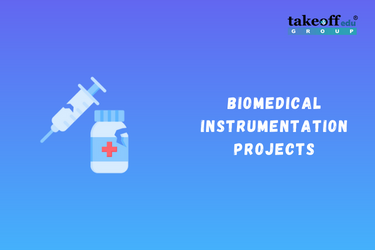
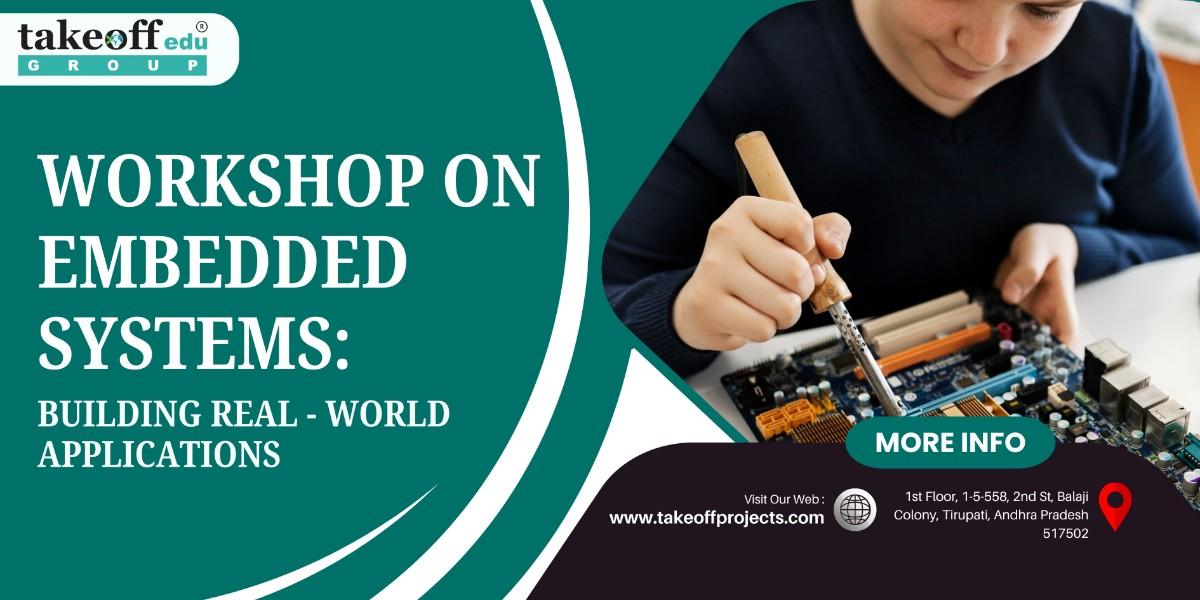 Workshop on Embedded Systems: Building Real-World Applications
Workshop on Embedded Systems: Building Real-World Applications  Top Internship Training & Certificate
Top Internship Training & Certificate  Internship Benefits Beyond the Resume: How It Shapes Your Career
Internship Benefits Beyond the Resume: How It Shapes Your Career  Turing Internship into Job Offers: Strategies for Success
Turing Internship into Job Offers: Strategies for Success  Day in the Life: A Glimpse into the Realities of Internship Experience
Day in the Life: A Glimpse into the Realities of Internship Experience  Internship Insights: What Recruiters Look for in Candidates
Internship Insights: What Recruiters Look for in Candidates  Why Internships Matter: Building Bridges to Your Future Career
Why Internships Matter: Building Bridges to Your Future Career  Smart Mirror Based on Raspberry Pi
Smart Mirror Based on Raspberry Pi 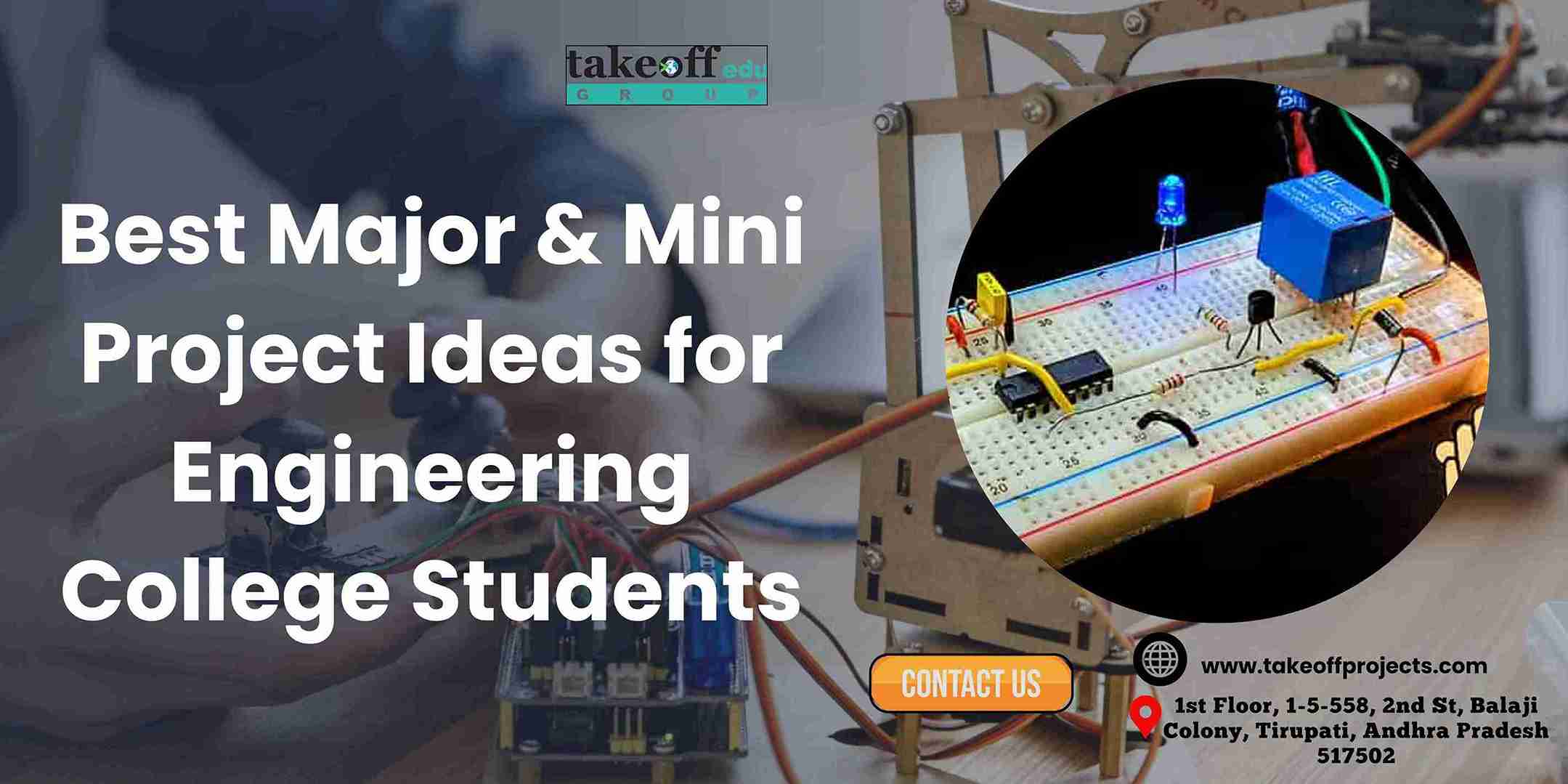 Best Major & Mini Project Ideas for Engineering College Students
Best Major & Mini Project Ideas for Engineering College Students  Top B.Tech/M.Tech Engineering Projects Consultants & Services
Top B.Tech/M.Tech Engineering Projects Consultants & Services  Engineering Project Ideas & Topics for Students
Engineering Project Ideas & Topics for Students  Engineering Procurement Construction (EPC) Project Services: Step By Step Guide
Engineering Procurement Construction (EPC) Project Services: Step By Step Guide 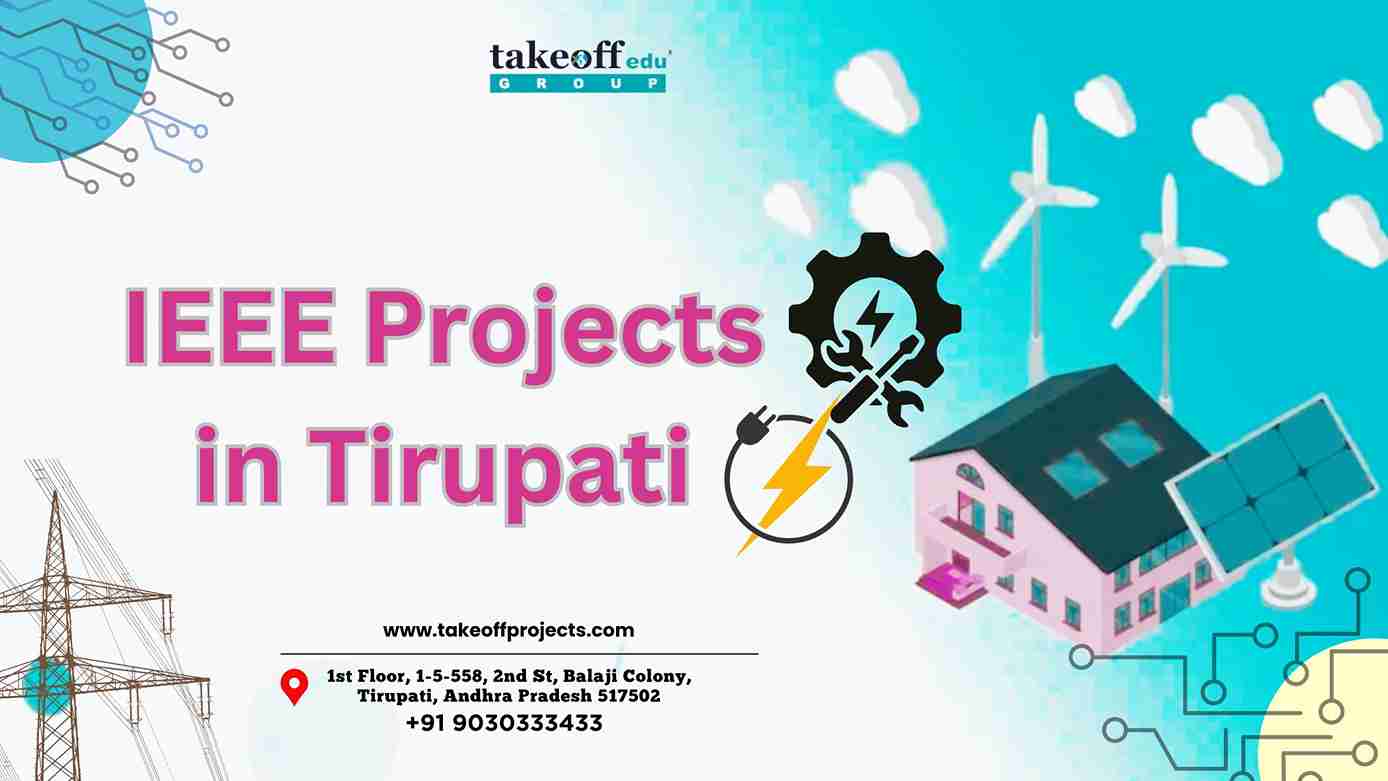 IEEE Projects in Tirupati
IEEE Projects in Tirupati 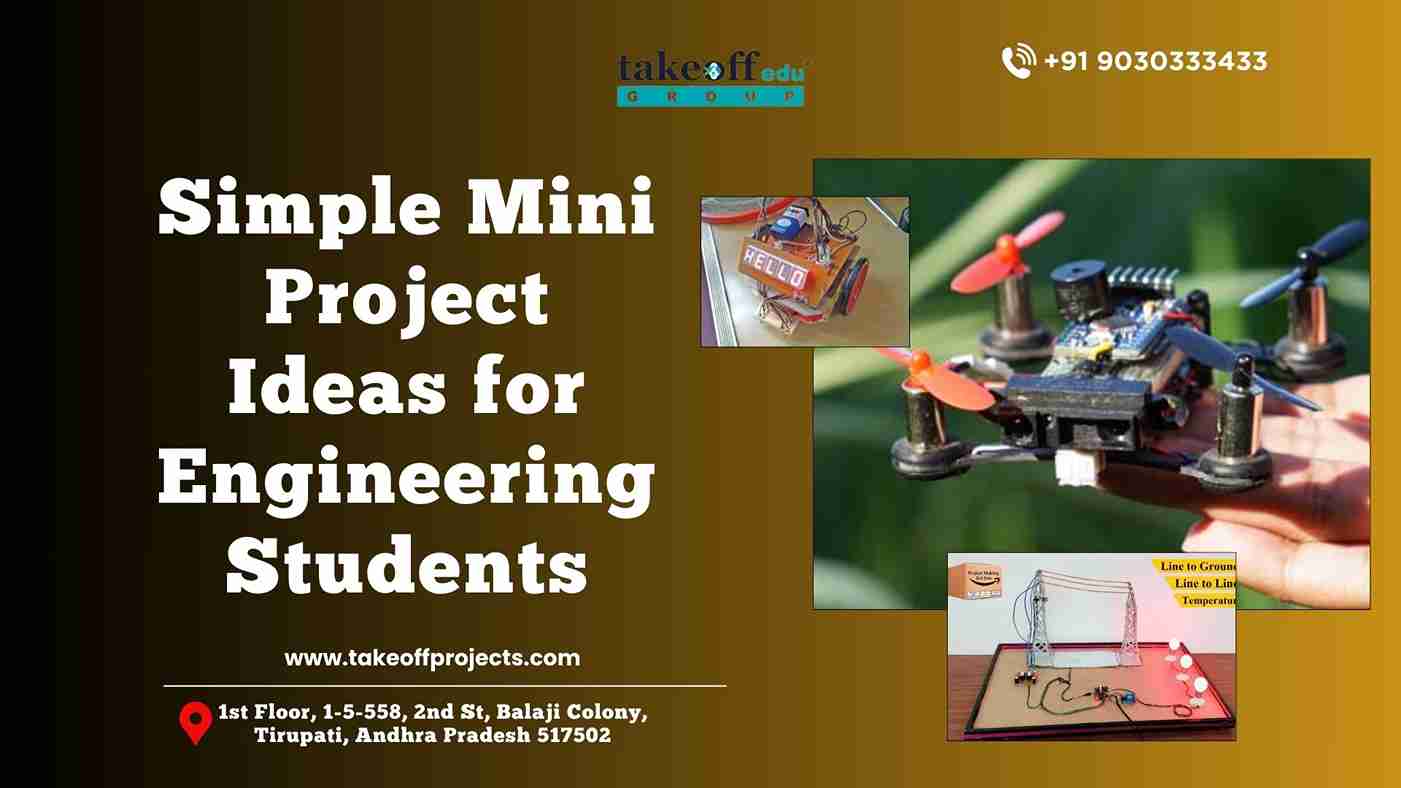 Simple Mini Project Ideas for Engineering Students
Simple Mini Project Ideas for Engineering Students 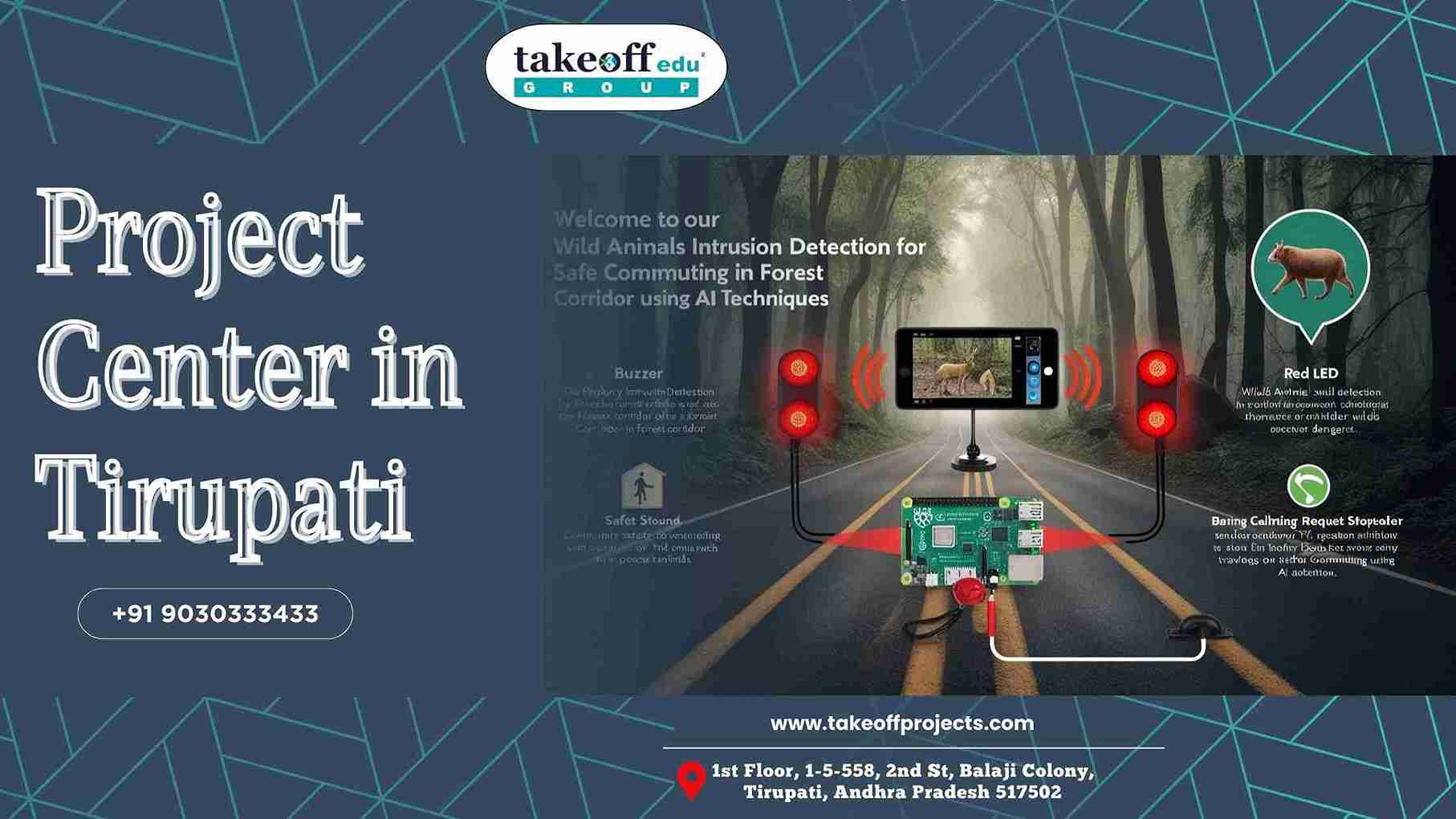 Project Center in Tirupati
Project Center in Tirupati  Top Engineering Project Consultants in Tirupati
Top Engineering Project Consultants in Tirupati  Innovative Software Engineering Projects: Shaping the Future of Technology
Innovative Software Engineering Projects: Shaping the Future of Technology 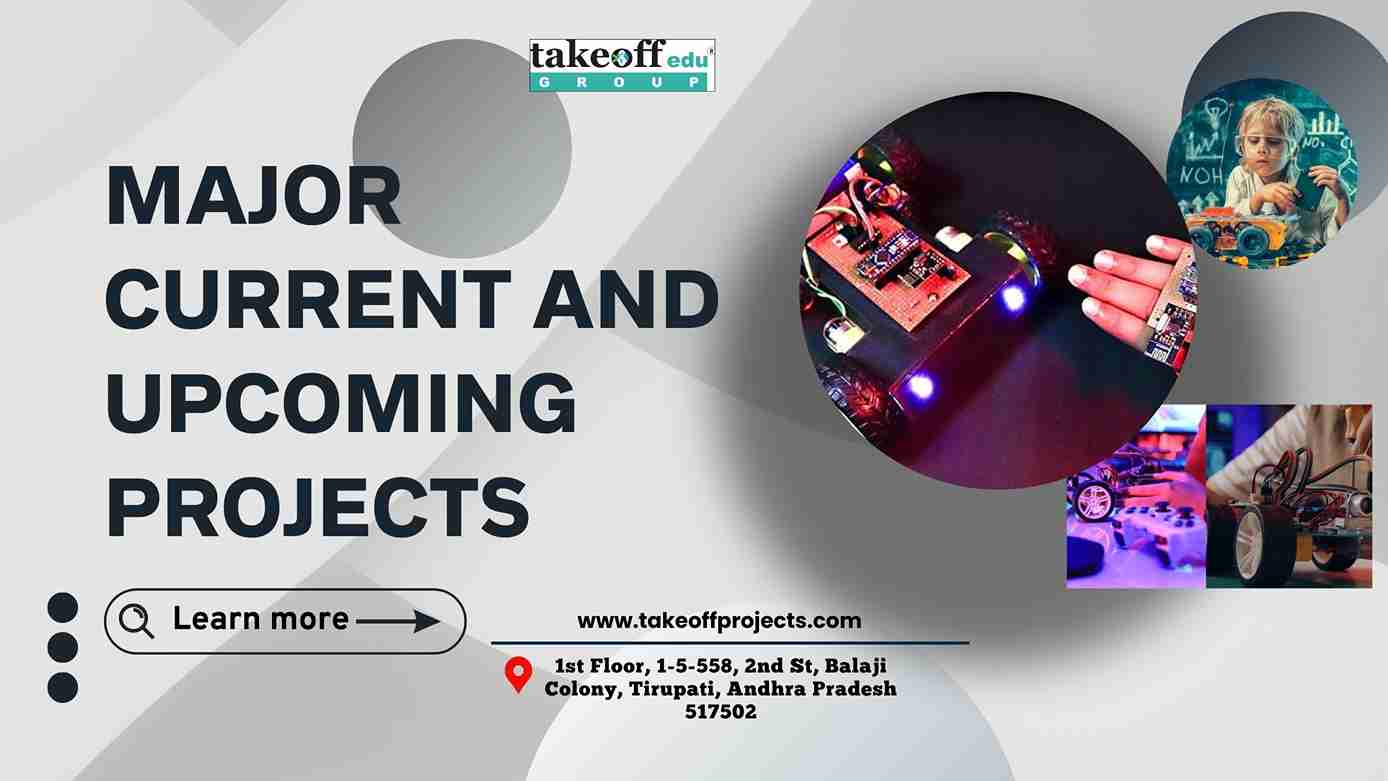 Major Current and Upcoming Projects
Major Current and Upcoming Projects  Best Project Management Consultant in Tirupati
Best Project Management Consultant in Tirupati  Top 10 Best Project Consultants in Andhra Pradesh
Top 10 Best Project Consultants in Andhra Pradesh  Best Project Consultancy in Tirupati
Best Project Consultancy in Tirupati 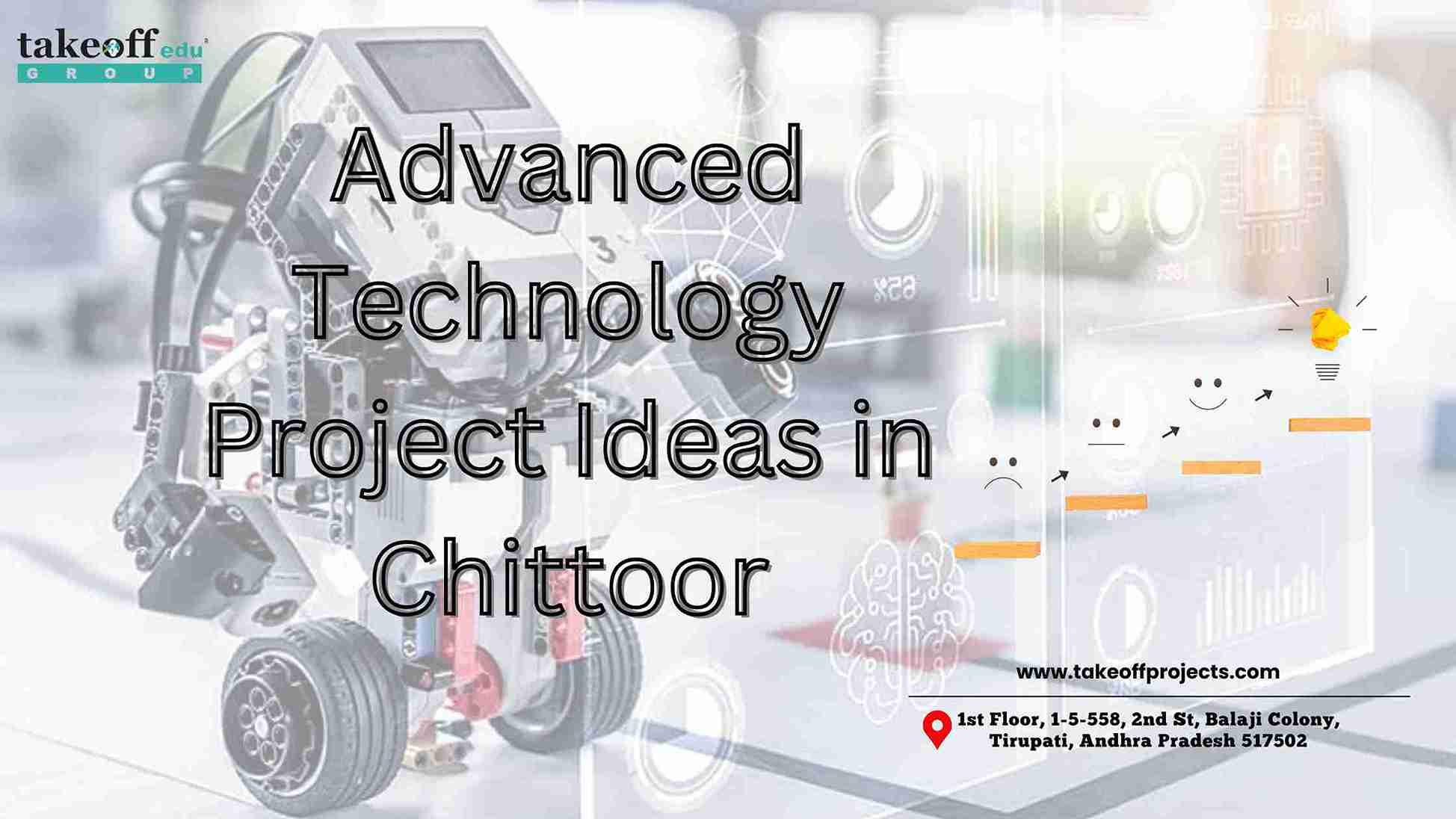 Advanced Technology Project Ideas in Chittoor
Advanced Technology Project Ideas in Chittoor  Top Final Year Project Provider in Tirupati
Top Final Year Project Provider in Tirupati 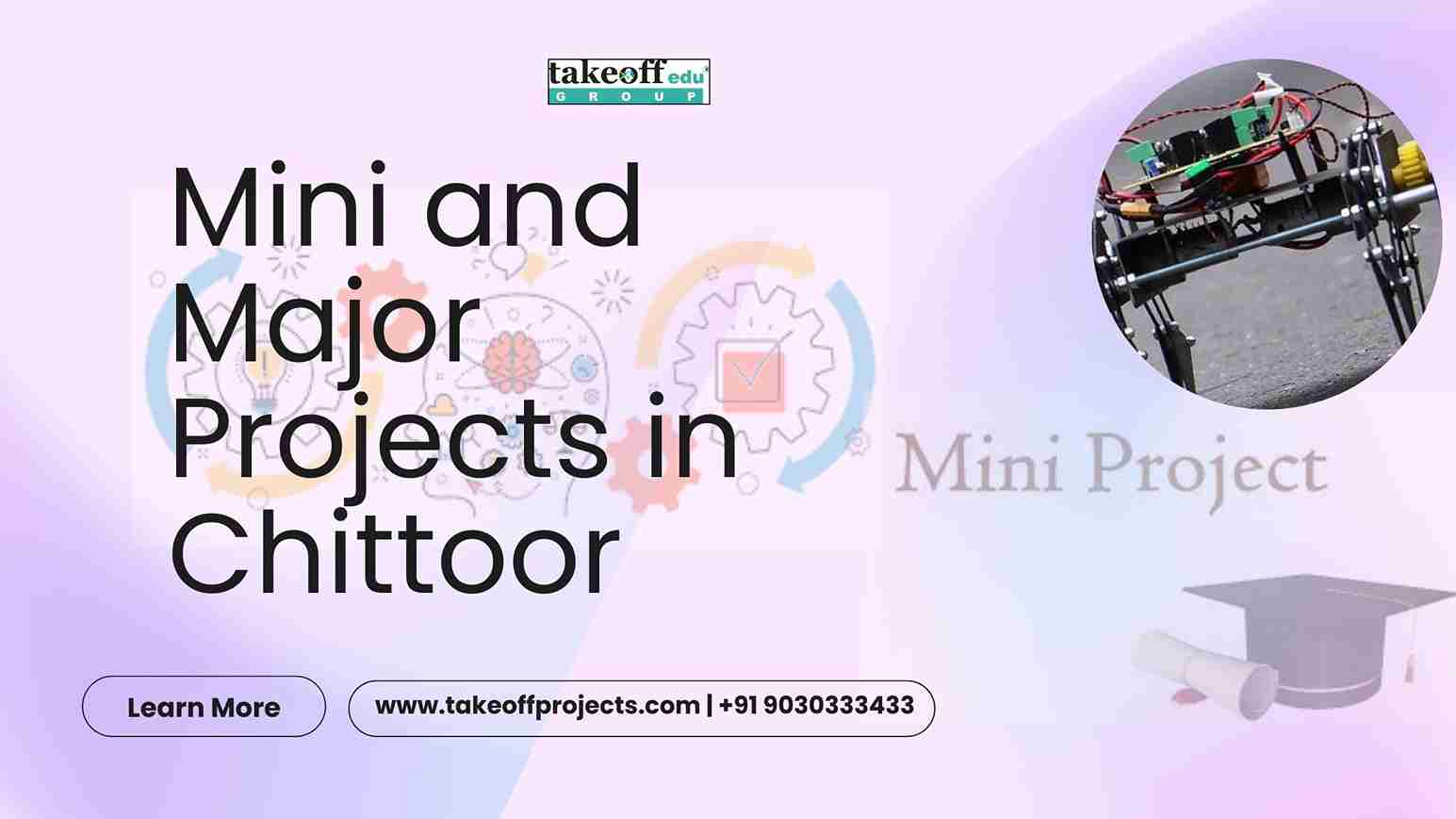 Mini and Major Projects in Chittoor
Mini and Major Projects in Chittoor  Final Year Projects in Tirupati: Unlocking Your Academic Potential
Final Year Projects in Tirupati: Unlocking Your Academic Potential  Affordable Academic Projects in India: A Gateway to Success
Affordable Academic Projects in India: A Gateway to Success 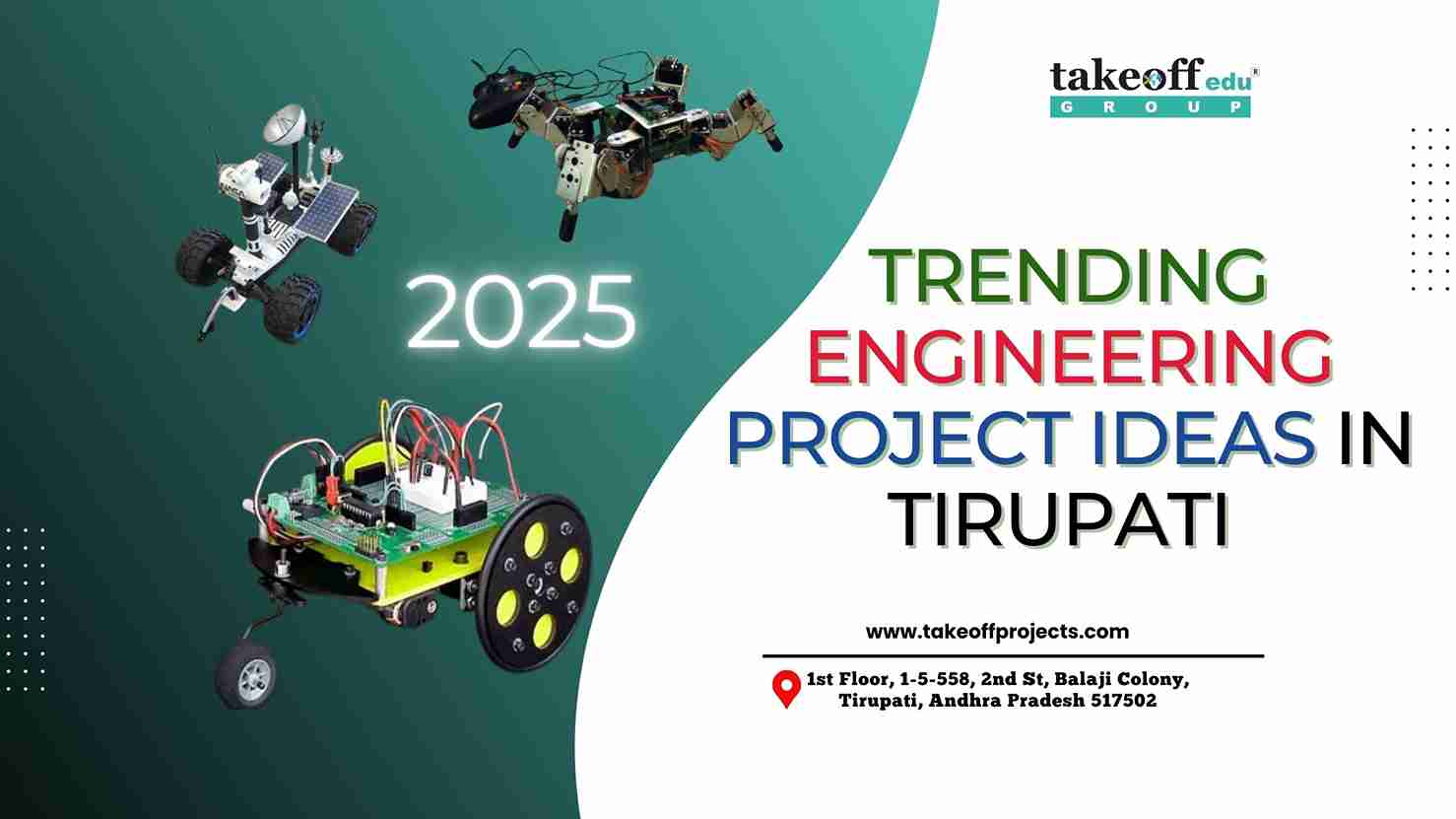 Trending Engineering Project Ideas in Tirupati 2025
Trending Engineering Project Ideas in Tirupati 2025  Technical Project ideas for engineering students
Technical Project ideas for engineering students  How Do I Choose A Project Topic Titles For Final Year Engineering Students?
How Do I Choose A Project Topic Titles For Final Year Engineering Students?  Find Best College Project Centers in Andhra Pradesh
Find Best College Project Centers in Andhra Pradesh 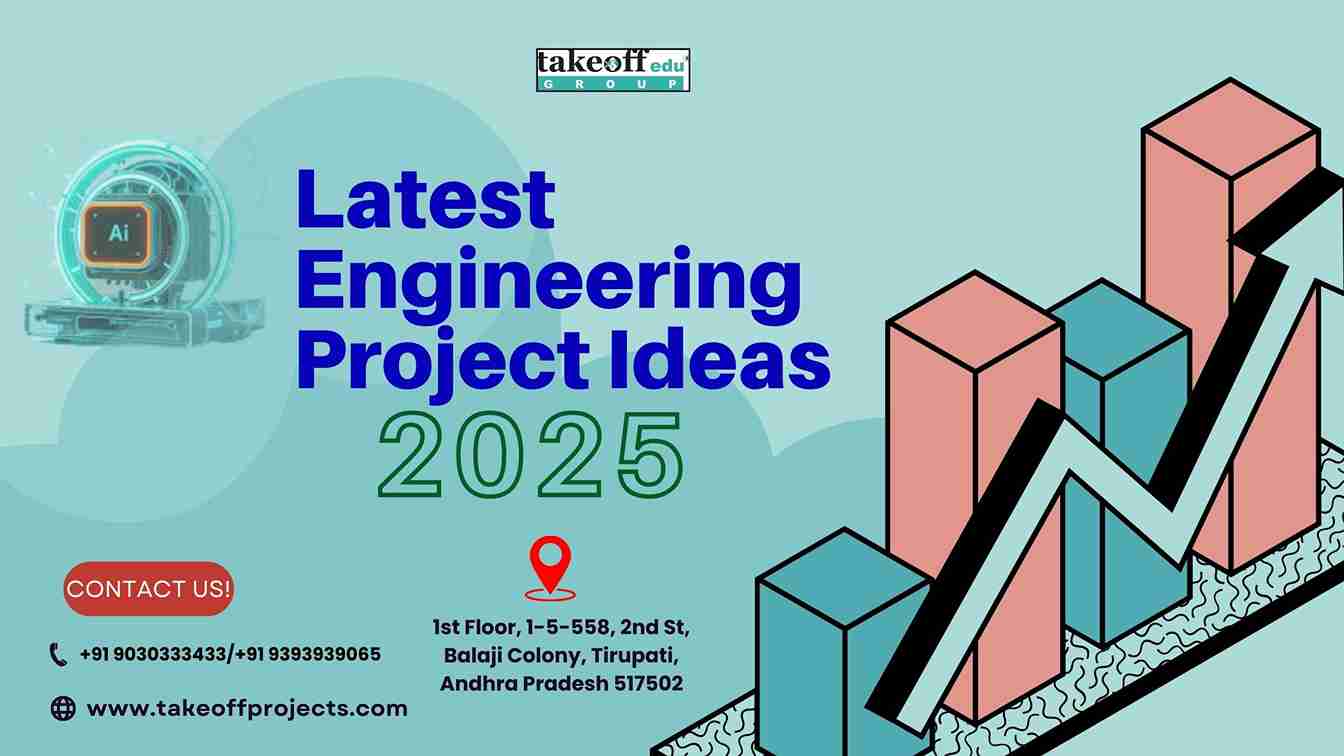 Latest Engineering Project Ideas for 2025
Latest Engineering Project Ideas for 2025  Top Engineering Project Work in Vizianagaram: Empowering Student Success
Top Engineering Project Work in Vizianagaram: Empowering Student Success 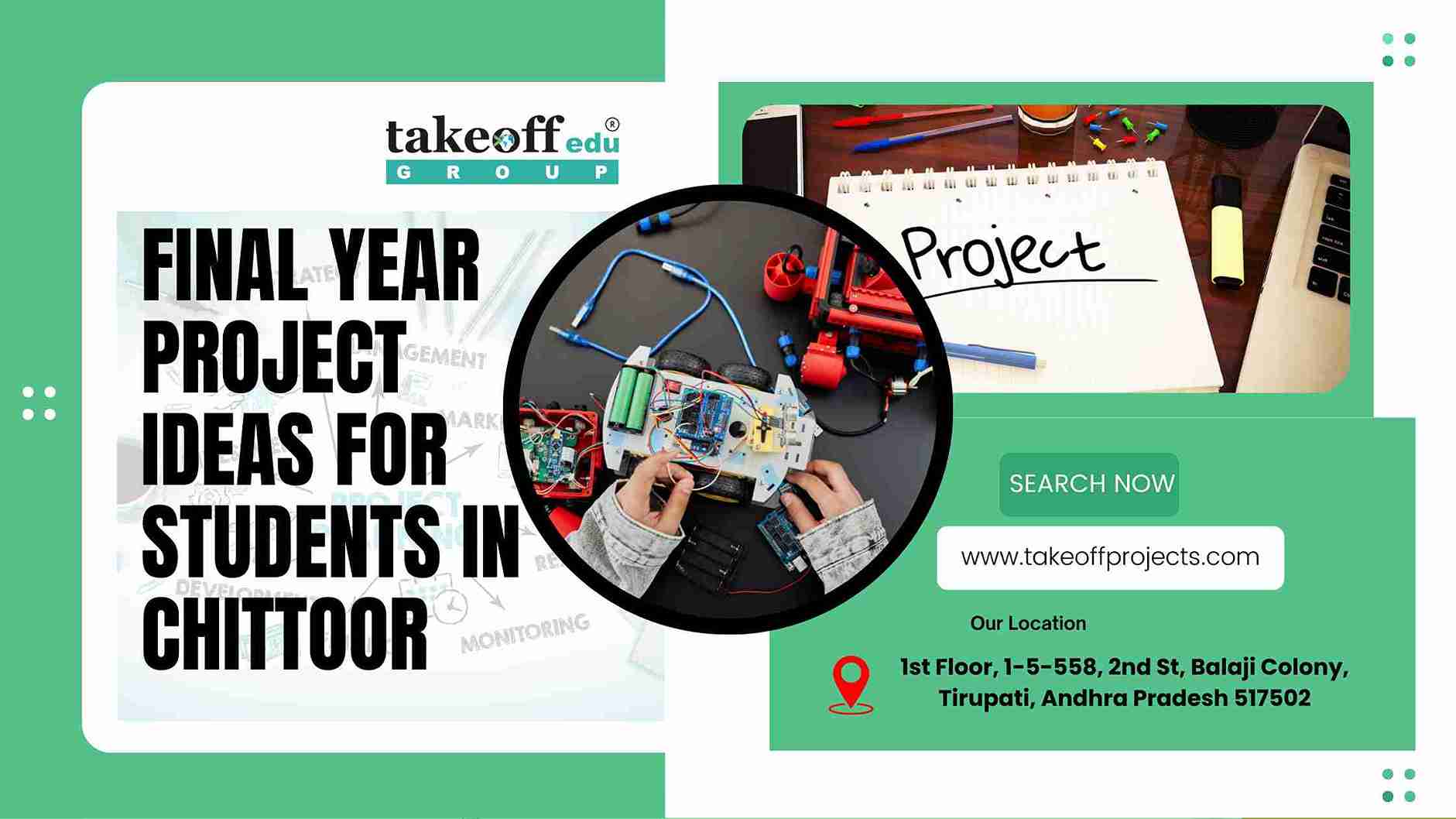 Final Year Project Ideas for Students in Chittoor
Final Year Project Ideas for Students in Chittoor  Project Ideas for College Students in Telangana
Project Ideas for College Students in Telangana  Top 10 Mini Project Ideas for College Students
Top 10 Mini Project Ideas for College Students 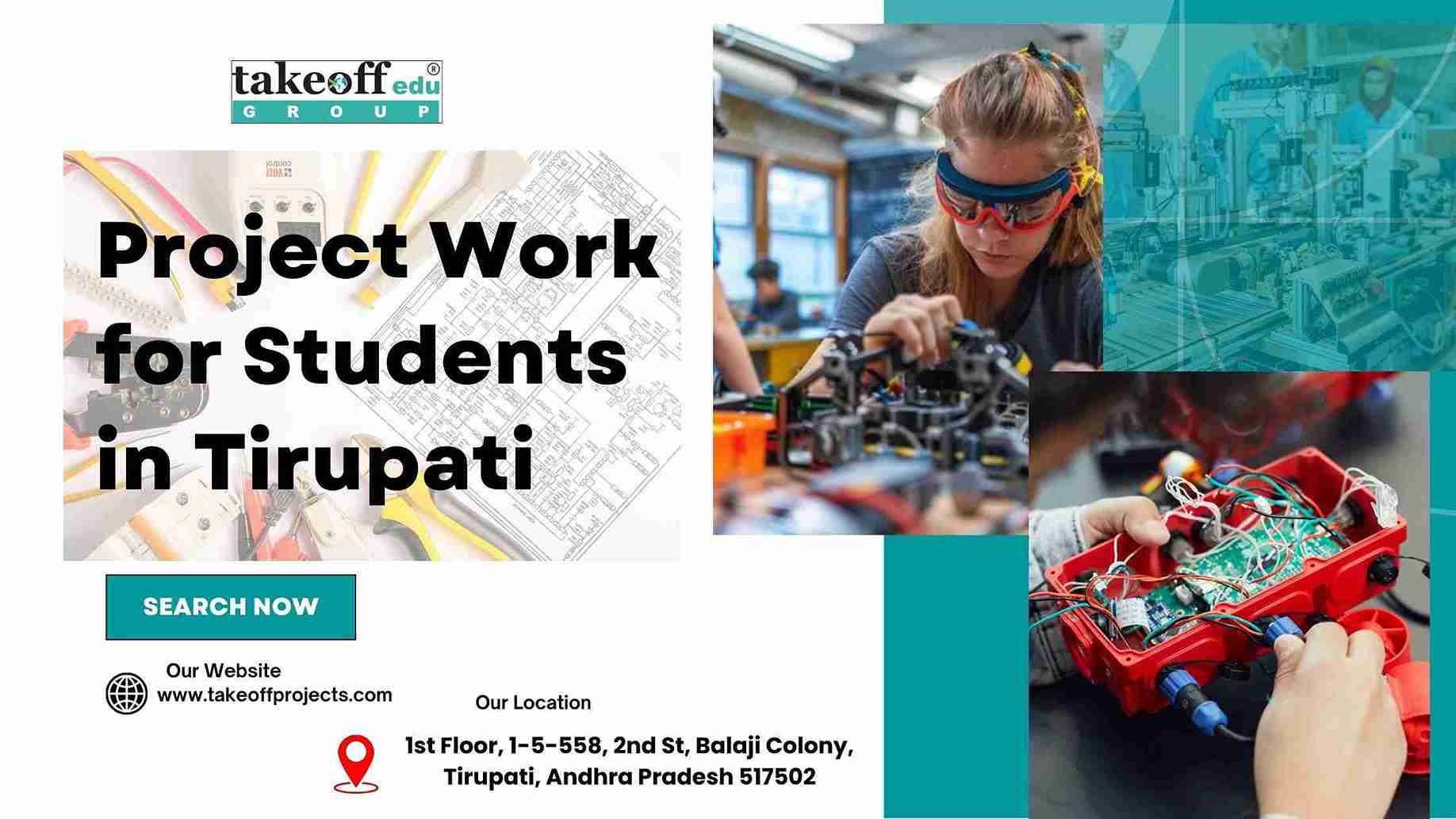 Project Work for Students in Tirupati
Project Work for Students in Tirupati  Best Engineering Projects in Andhra Pradesh: A Comprehensive Guide
Best Engineering Projects in Andhra Pradesh: A Comprehensive Guide  Using Cloud-Based Tools for Collaborative Research Projects
Using Cloud-Based Tools for Collaborative Research Projects  Advantages of Undergraduate Research Opportunities
Advantages of Undergraduate Research Opportunities  How to Prepare for Academic Research Conferences
How to Prepare for Academic Research Conferences  Understanding the Different Types of Academic Research
Understanding the Different Types of Academic Research  Navigating the Peer Review Process: Tips for Success
Navigating the Peer Review Process: Tips for Success  How to Write the Abstract for a Research Paper
How to Write the Abstract for a Research Paper  The Impact of Academic Research on Policy Making
The Impact of Academic Research on Policy Making 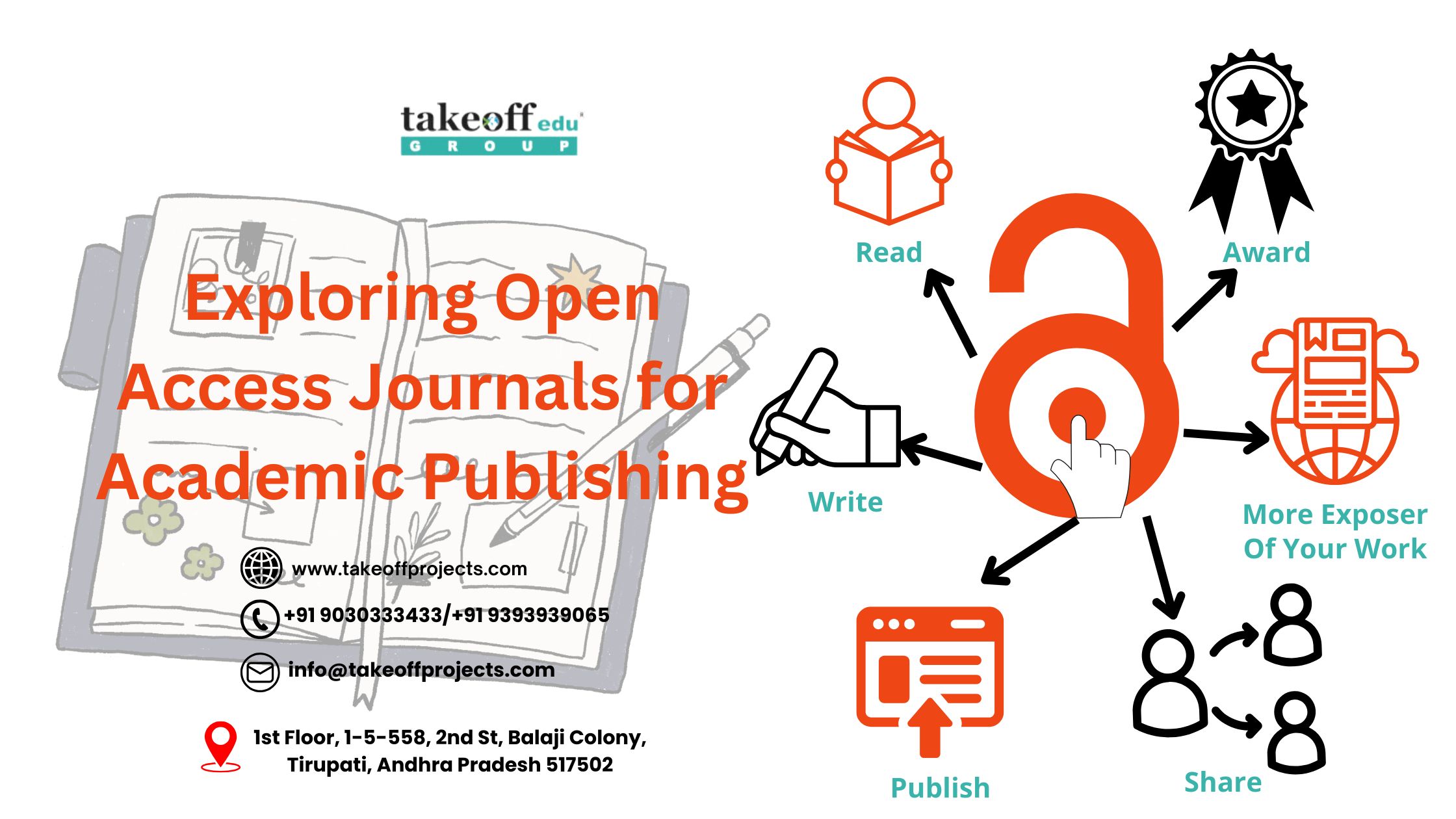 Exploring Open Access Journals for Academic Publishing
Exploring Open Access Journals for Academic Publishing  The Role of Academic Journals in Disseminating Research
The Role of Academic Journals in Disseminating Research  How to Balance Coursework and Research Projects: A Guide to Academic Success
How to Balance Coursework and Research Projects: A Guide to Academic Success  The Importance of Research Ethics Committees
The Importance of Research Ethics Committees  Innovative Teaching Methods to Support Academic Research Projects
Innovative Teaching Methods to Support Academic Research Projects  Creating Impactful Visual Aids for Research Presentations
Creating Impactful Visual Aids for Research Presentations  The Benefits of Peer Review in Academic Research
The Benefits of Peer Review in Academic Research  Surveys and Questionnaires are Effective in Academic Research
Surveys and Questionnaires are Effective in Academic Research  Importance of Documentation Record-Keeping in Academic Research
Importance of Documentation Record-Keeping in Academic Research  Overcoming Challenges in Academic Research Projects
Overcoming Challenges in Academic Research Projects  Leveraging Online Resources for Academic Research
Leveraging Online Resources for Academic Research  Successful Academic Projects in Computer Science: Case Studies
Successful Academic Projects in Computer Science: Case Studies  Building a Research Network: The Importance of Conferences and Workshops
Building a Research Network: The Importance of Conferences and Workshops  How Technology Affects Academic Research?
How Technology Affects Academic Research?  Getting Funding for Your Research Project: Tips and Resources
Getting Funding for Your Research Project: Tips and Resources  Time Management Strategies for Academic Researchers
Time Management Strategies for Academic Researchers  Ethical Considerations in Academic Research
Ethical Considerations in Academic Research  How to Write and Publishing Your Academic Paper?
How to Write and Publishing Your Academic Paper?  Presenting Your Research: Guidelines To Consider When Making An Academic Presentation
Presenting Your Research: Guidelines To Consider When Making An Academic Presentation  Analyzing Research Data: Effective Techniques in Engineering Projects
Analyzing Research Data: Effective Techniques in Engineering Projects  Best Practices for Conducting a Literature Review
Best Practices for Conducting a Literature Review  Writing a Winning Student Research Proposal: A Step-by-Step Guide
Writing a Winning Student Research Proposal: A Step-by-Step Guide  Project Management for Academic Research: Tools and Techniques
Project Management for Academic Research: Tools and Techniques  How to Choose the Perfect Academic Project Topic?
How to Choose the Perfect Academic Project Topic?  Presenting Final Year Project to Your Supervisor
Presenting Final Year Project to Your Supervisor  Trending Engineering Projects in 2024 Future-Ready
Trending Engineering Projects in 2024 Future-Ready 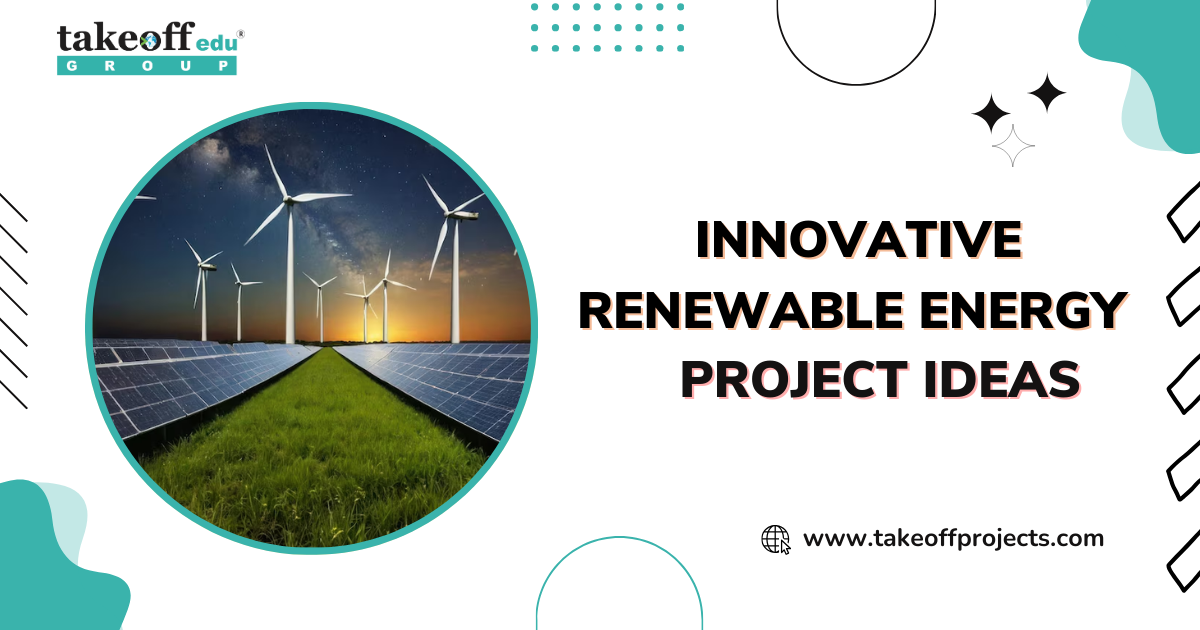 Innovative Renewable Energy Project Ideas
Innovative Renewable Energy Project Ideas  How Engineering Projects Ideas to contribute your academic year?
How Engineering Projects Ideas to contribute your academic year?  Latest Engineering Projects in 2024
Latest Engineering Projects in 2024 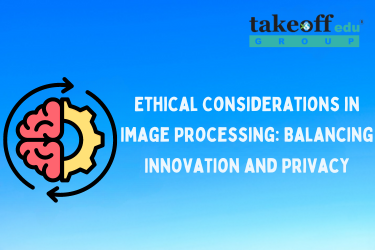 Ethical Considerations in Image Processing: Balancing Innovation and Privacy
Ethical Considerations in Image Processing: Balancing Innovation and Privacy  From Pixels to Insights A Journey into Image Enhancement Algorithms
From Pixels to Insights A Journey into Image Enhancement Algorithms 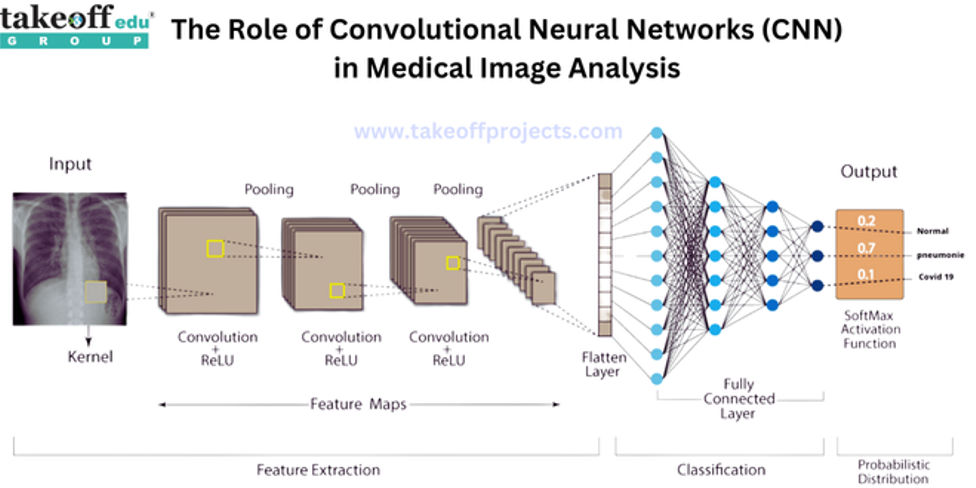 The Role of Convolutional Neural Networks in Medical Image Analysis
The Role of Convolutional Neural Networks in Medical Image Analysis 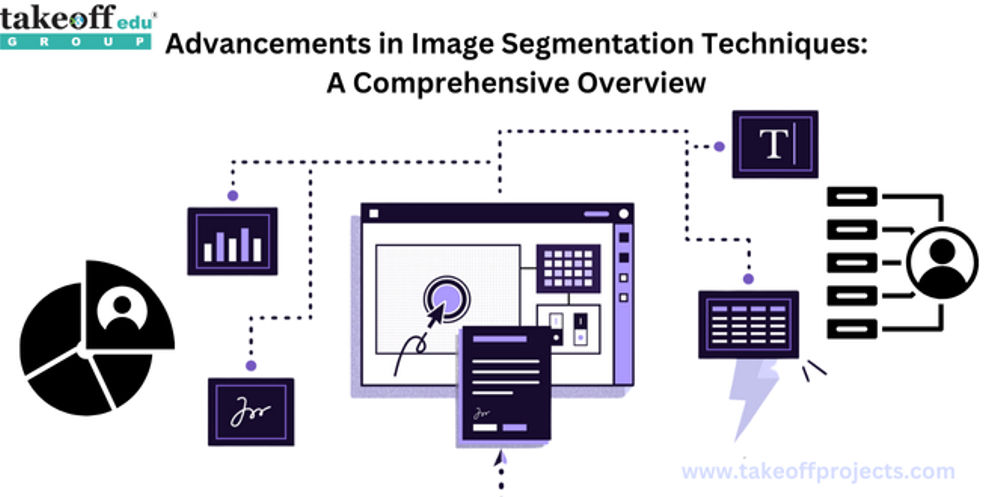 Advancements in Image Segmentation Techniques: A Comprehensive Overview
Advancements in Image Segmentation Techniques: A Comprehensive Overview 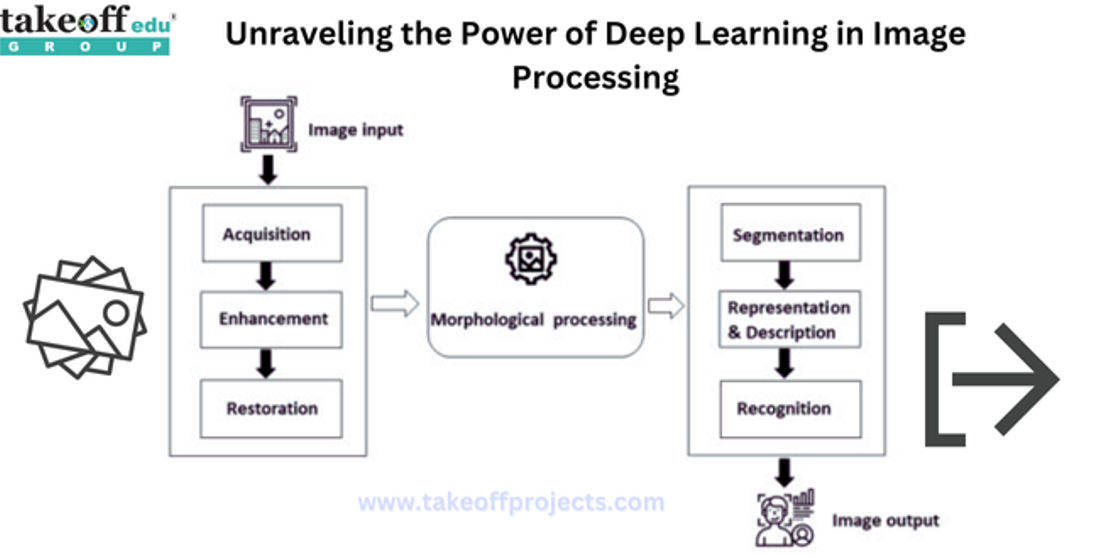 Unraveling the Power of Deep Learning in Image Processing
Unraveling the Power of Deep Learning in Image Processing  Importance of Final Year Projects for Students
Importance of Final Year Projects for Students  How to Present Your Final Year Project to Your Supervisor?
How to Present Your Final Year Project to Your Supervisor?  How to Choose the Right Final Year Project Topic?
How to Choose the Right Final Year Project Topic?  Common Mistakes to Avoid on Your Final Year Project
Common Mistakes to Avoid on Your Final Year Project  How to Write a Winning Engineering Project Report?
How to Write a Winning Engineering Project Report? 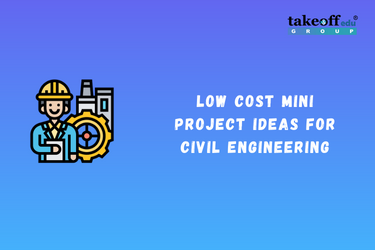 Low Cost Mini Projects Ideas for Civil Engineering
Low Cost Mini Projects Ideas for Civil Engineering  Low Cost Mini Project Ideas for Mechanical Engineering
Low Cost Mini Project Ideas for Mechanical Engineering  BSc IT Projects for Final Year
BSc IT Projects for Final Year  Instrumentation Projects for Final Year Students
Instrumentation Projects for Final Year Students  M.Tech Structural Engineering Projects
M.Tech Structural Engineering Projects  M.Tech Thesis Writing Services
M.Tech Thesis Writing Services  M.Tech Projects for Electrical, Electronics & Software Engineering
M.Tech Projects for Electrical, Electronics & Software Engineering  Latest Final Year Projects for B.Tech & M.Tech Students
Latest Final Year Projects for B.Tech & M.Tech Students 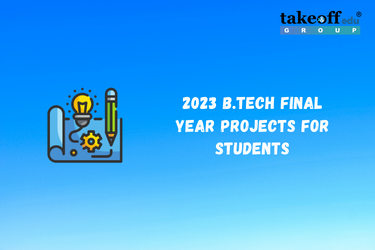 2023 B.Tech Final Year Projects for Students
2023 B.Tech Final Year Projects for Students  Latest BCA Final Year Project Ideas for 2023
Latest BCA Final Year Project Ideas for 2023  Top BE Projects Ideas & Topics for Students
Top BE Projects Ideas & Topics for Students 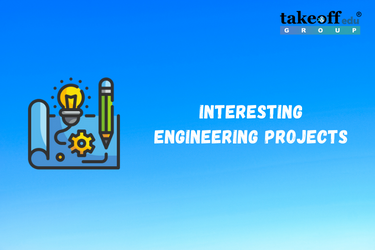 14+ Interesting Engineering Projects
14+ Interesting Engineering Projects 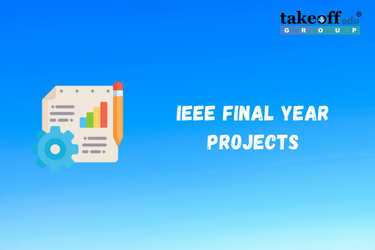 IEEE Final Year Projects
IEEE Final Year Projects 
 Paper Publishing
Paper Publishing


